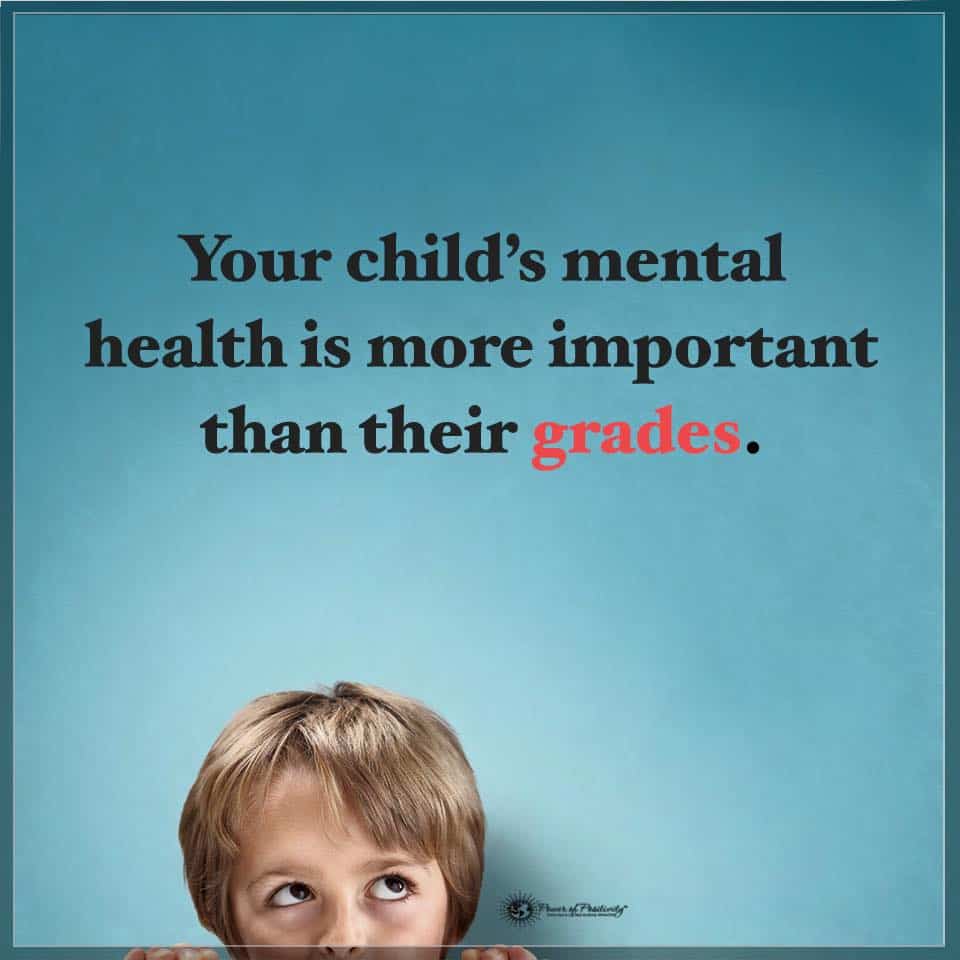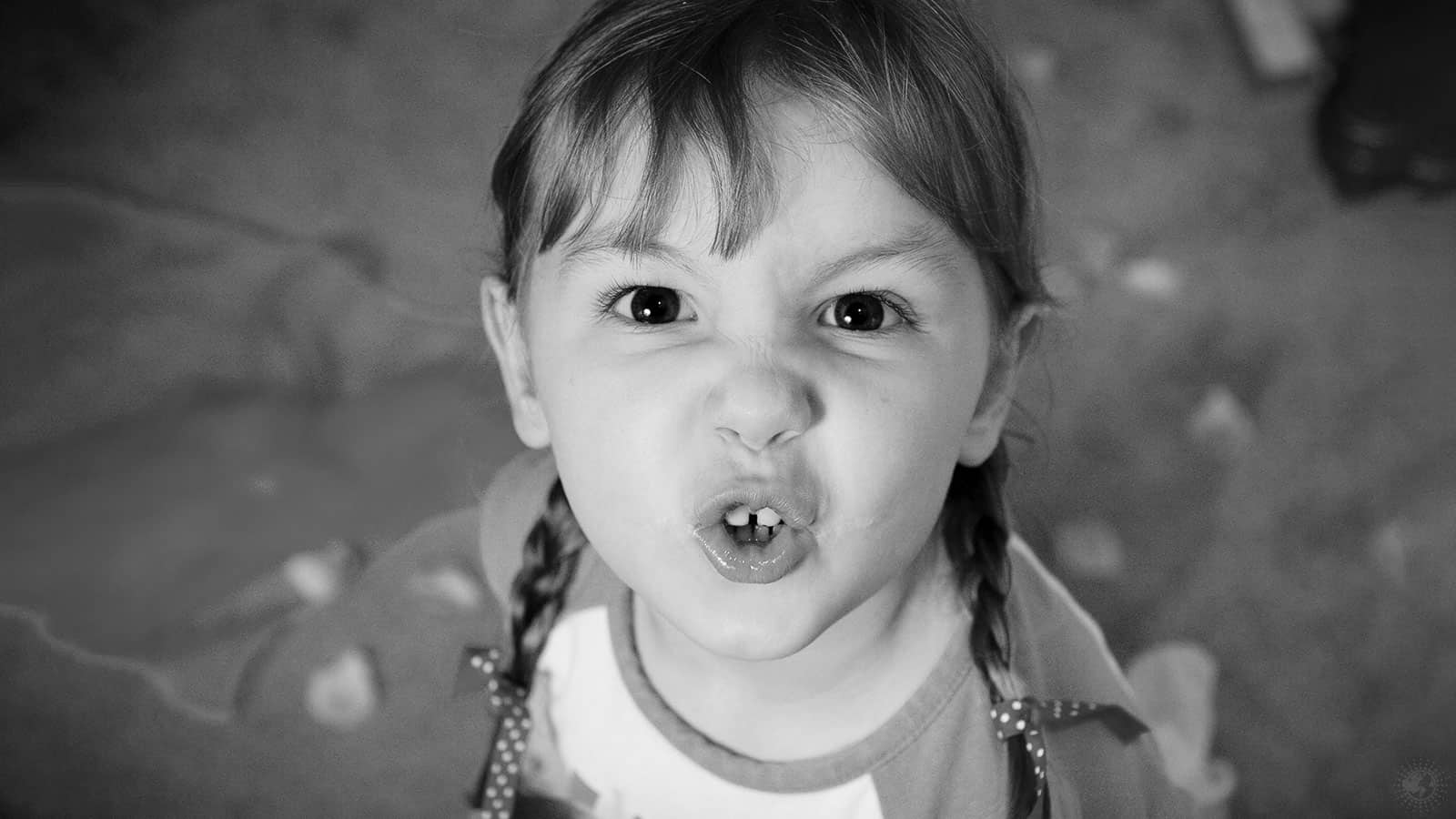Before a newborn takes their first breath, a part of their personality is already formed. Just ask any mother. Some babies are cool, calm, and collected – displaying a persona that is way, way beyond their years. On the other hand, some newborns seem hellbent on sabotaging any little comfort (say, a nap!) that the poor Mom tries to give herself. Their demeanor appears to be riddled with child anxiety and unsettled more often than not.
Regarding anxiety, scientists believe that many varieties of childhood anxiety are inherited. At the same time, a genetic predisposition to fear does not discount the fact that environmental factors can lead to its development. The mental health website Calm Clinic explains the potential causes of clinical anxiety:
“While it is entirely possible that (an) anxiety disorder is the result of a traumatic experience … the frequency of people with anxiety disorders also having a parent or parents with similar or identical disorders is too high to discount.”
Generalized Anxiety Disorder
Per the Anxiety and Depression Association of America (ADAA), Generalized Anxiety Disorder, or GAD, is “characterized by persistent and excessive worry about several things. People with GAD may anticipate disaster and be overly concerned about money, health, family, work, or other issues.
Moreover, individuals with GAD find it difficult to control their worries. They may even worry more than seems warranted about actual events or may expect the worst even when there is no apparent reason for concern.”
ADAA estimates that GAD affects nearly seven million adults, well over three percent of the population. Plus, women are twice as likely to be diagnosed with the disorder. Furthermore, it comes on gradually and can begin at any age. The onset risk is highest between childhood and middle age (mid-30s to late 50s).
Per the website Choose Help, the risks that can potentially lead to childhood GAD are significant, including:
- Academic underperformance, dropping out of school, and frequent absences.
- Abuse of alcohol or drugs.
- Lack of self-confidence and self-esteem.
- Limited or unhealthy relationships with peers.
- Continuing anxiety and anxiety disorders into adulthood.
Symptoms and Signs of Generalized Anxiety Disorder
The younger the child, the more common it is for them to exhibit potentially anxious behavior. As the child age and enters middle school and high school, they must contend with peer pressure. This issue may result in them shutting down or being unable and unwilling to discuss their feelings. Depending on the age and circumstances of the individual, the symptoms and signs of GAD may change.
Let’s first discuss the potential symptoms of GAD:
- Continuous muscle aches or tension.
- Excessive fatigue.
- Feeling irritable all of the time.
- Inability to relax.
- Poor concentration or inability to concentrate.
- Problems sleeping.
Here are some outward signs a child may be suffering from Generalized Anxiety Disorder:
1. Refusing to Attend School
Most kids, at least at some point, like going to school. They can’t wait to tell you about their friends and teachers in these life stages. Fast-forward to when you may be fighting to get them in the car. Maybe they’re complaining that their stomach hurts, or they will throw up.
Suggestion: Talk to the school counselor and principal, which can help rule out bullying. Pay attention to how the child acts when school is out. Try to notice any discrepancies.
2. All-Over Body Problems
Anxiety can throw a wrench into the child’s natural physiology. Per Anxious Toddlers, LLC, here is a list of how anxiety affects the child’s body:
- Chest area: difficulty breathing, chest pain, and heart palpitations.
- Head: dizziness, headaches, hair pulling, nightmares.
- Mouth: biting inside of the cheek, nail-biting.
- Stomach area: constipation and cramping, diarrhea, nausea, and vomiting.
- Throat area: constant coughing, difficulty swallowing, dry mouth.
Suggestion: If you see these behaviors, visit a doctor for a physical evaluation. Ask the doctor to inquire how the child is feeling. Afterward, seek the doctor’s feedback.
3. Outbursts of Anger
GAD is a highly stressful condition that can manifest into emotional outbursts. Alternating moods, from happy to sad, are sometimes evident in GAD sufferers. That said, kids will be kids. So sudden outbursts can be attributed to any number of things. These reasons can include puberty, peer pressure, academic pressures, etc.
Suggestion: First, let the child know that such behavior isn’t acceptable. GAD or no GAD, the child must learn to develop emotional self-regulation. In addition, you might consider potential therapeutic options.
4. Disengaging from Activities
Stopping once-enjoyable activities is a potential sign of both anxiety and depression. (Both disorders can surface concurrently.)
So if you ask why they’re avoiding their favorite pastimes only to receive a vague, unintelligible reply, you will want to consider all possibilities.
Suggestion: As mentioned, sudden cessation of activities is a typical sign of anxiety and depression. Please bring this to their doctor’s attention. However, first, consider whether the child is simply moving on. Perhaps their interests have changed due to physical and emotional development.
5. Ritualistic Behavior
If a young child is rigid about something needing to be done “just right,” it may cause concern. If your child must have all of his toys lined up or organized a certain way and can not rest until “just so,” something could be wrong.
Suggestion: Routines are a healthy part of childhood, while rituals are a telltale symptom of an anxiety disorder. While they are manifesting anxiety, try to soothe their concerns. Playing a game or reading to them could help depending on their age.
6. Bedwetting
Nocturnal enuresis, or bed-wetting, is linked to emotional problems and their toll on the body. Kids with anxiety disorder often wet the bed more frequently than usual and older.
Suggestion: Besides an anxiety disorder, bed-wetting may also indicate an immature bladder. In either situation, seek the advice of a doctor. That’s because, at times, the condition may lead to an infection, which can worsen circumstances.
7. Catastrophizing
Catastrophizing is “an irrational thought … in believing that something is far worse than it actually is.”
While relatively common in adults, catastrophizing in childhood is not normal. Childhood GAD sufferers may also exhibit hypochondria, the fear of serious illness without cause.
Suggestion: Catastrophizing is a common anxiety symptom. However, it is worrisome to witness in young children. So if you observe this, share what you see with the child’s healthcare provider.
Final Thoughts on Child Anxiety
Childhood should be a time that brings feelings of adventure and fun. Indeed, anxiety and despair should not be a regular occurrence. Therefore, a diagnosis of Generalized Anxiety Disorder can effectively suck the joy out of being a kid. More importantly, it can put the child at risk for anxiety disorders into adulthood.
Of course, it can be hurtful to witness your child suffering from an anxiety disorder. Although you are concerned, you want to avoid making your worries evident. This can only exacerbate an already difficult situation.
Most of all, take comfort. Many treatment options are available for a child with anxiety. Aside from medical intervention, numerous online resources can advise parents and caregivers.
In summary, the possible treatments for Generalized Anxiety Disorder include:
- Cognitive-behavioral therapy (CBT).
- Family therapy.
- Relaxation exercises (Deep breathing, mindfulness, etc.).
- School counselor sessions.
Additionally, anti-anxiety or antidepressants may help correct the child’s neurochemical imbalances. So in some cases, your doctor may recommend this therapy.





















